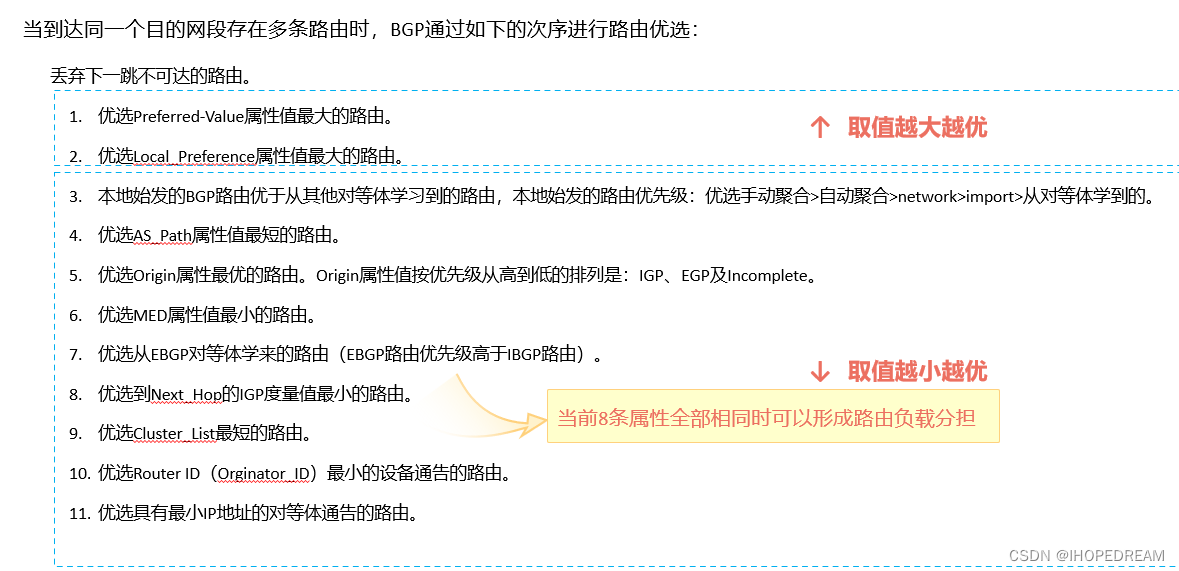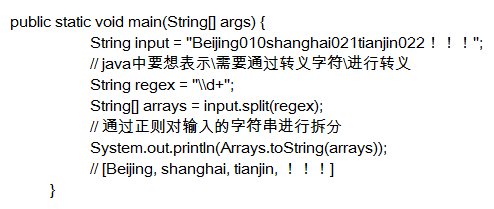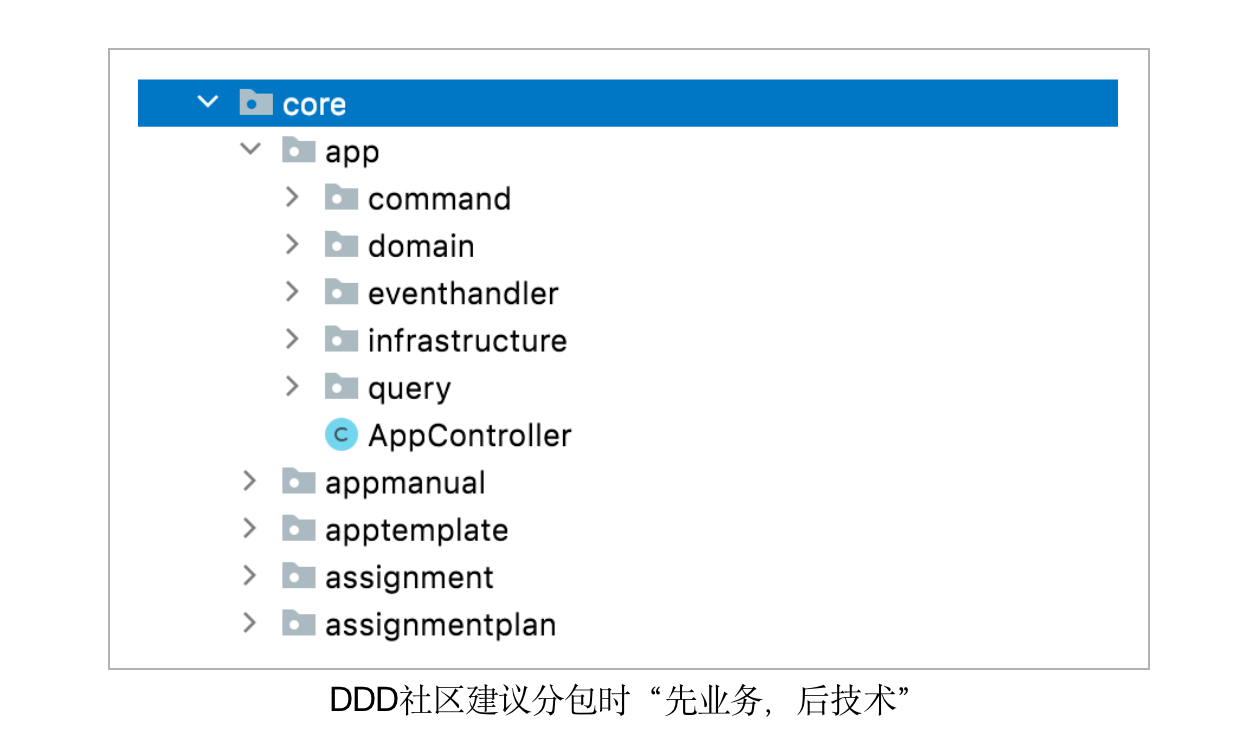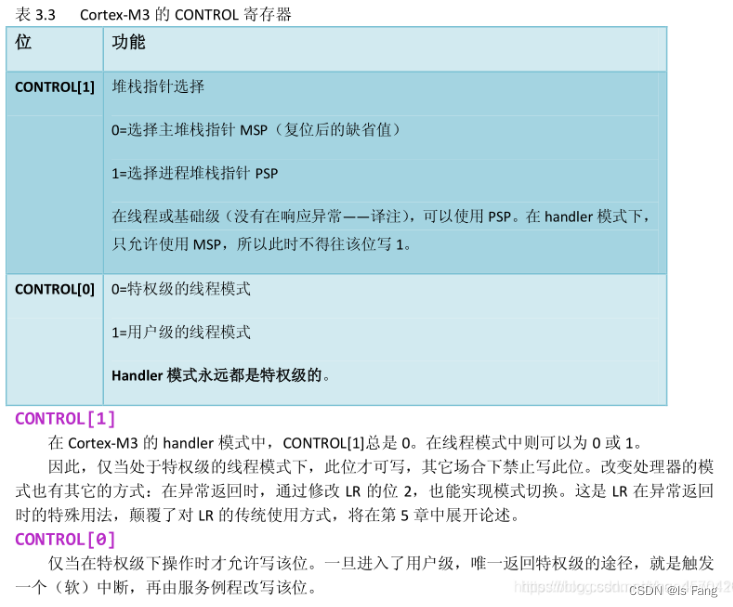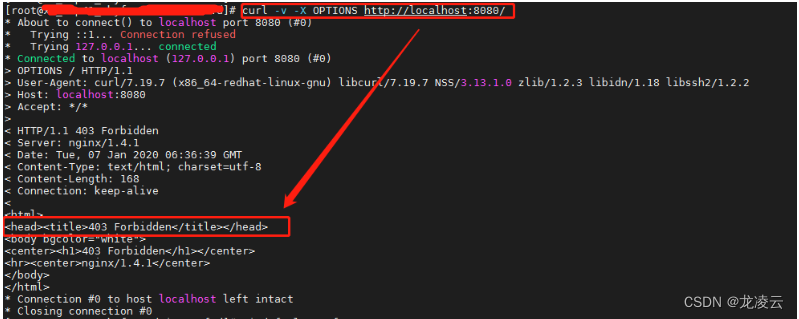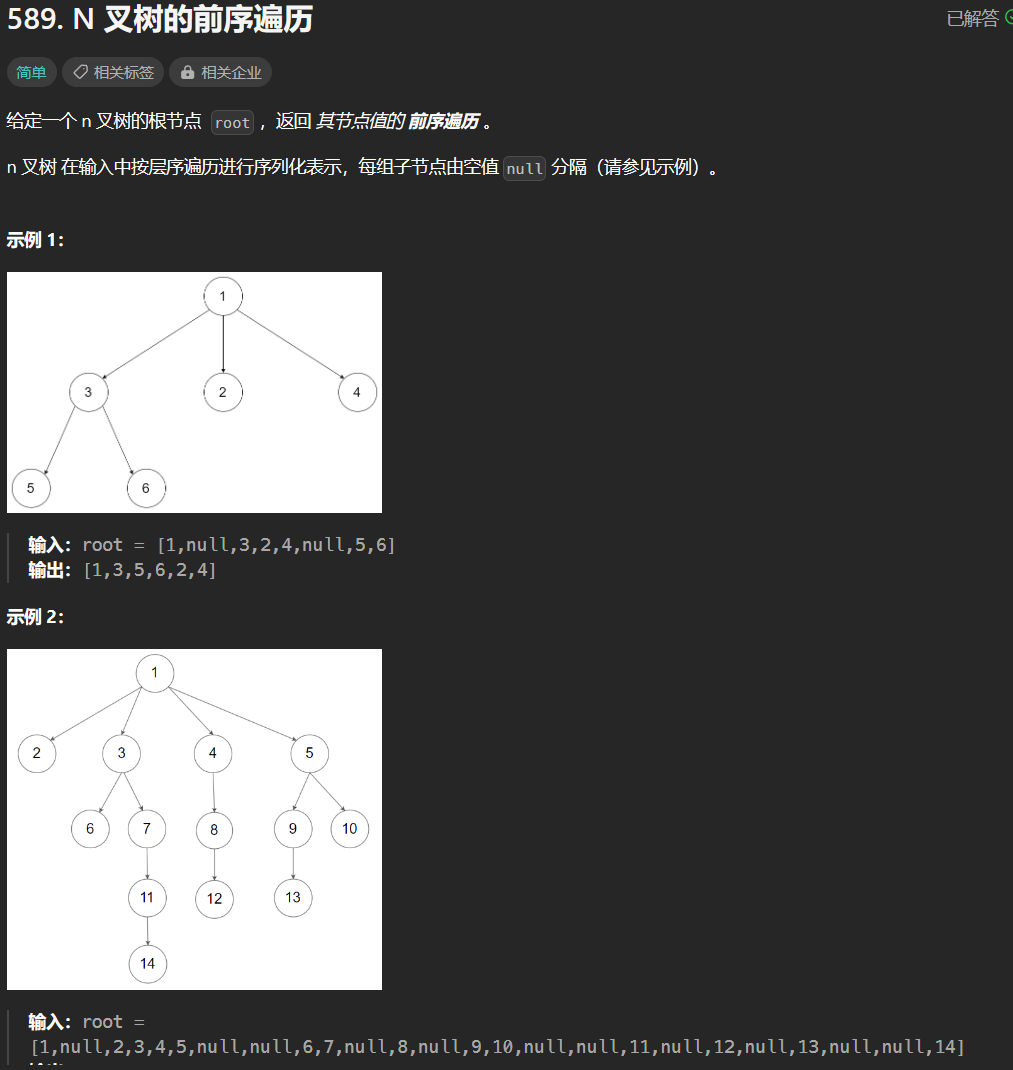目录
- 一、概述
- 二、基础函数
- ✨2.1 INIT_LIST_HEAD
- ✨2.2 list_empty
- 三、添加结点的函数
- ✨3.1 __list_add
- ✨3.2 list_add
- ✨3.3 list_add_tail
- 四、删除结点的函数
- ✨4.1 __list_del
- ✨4.2 list_del
- 五、获取结构体指针、遍历链表
- ✨5.1 list_entry
- ✨5.2 list_for_each
- ✨5.3 list_for_each_safe
- ✨5.4 list_for_each_entry
- 总结
![]()
一、概述
list.h文件里面实现了一个带头结点的循环双向链表,也实现了哈希表。不过在平时编程中,大多是使用其中的循环双向链表。 本文主要介绍这个循环双向链表的常用函数是怎样实现的。list.h文件位于Linux内核源码目录的include/linux/list.h,不同的内核版本,list.h文件会有些许不同,但总会有下面这些常用函数,这些函数也是本文分析重点
INIT_LIST_HEAD:链表头结点初始化;list_add:链表头部插入条目;list_add_tail:链表尾部插入条目;list_del:删除条目list_for_each:遍历条目list_for_each_safe:遍历条目,防删除列表条目list_entry:获取结构体指针list_empty:判断链表是否为空
![]()
二、基础函数
这小节主要看 初始化函数 和 判断空链表函数 的实现。
介绍链表,一定需要先认识它的结点结构体,list.h的循环双链表结点结构体只包含了两个指针:next指针指向下一个结点;prev指向前一个结点。它没有像其他链表结点那样也包含了数据部分,那它是怎样存储数据并查找数据的呢?这个在后面讲解。结点结构体代码如下:
struct list_head {
struct list_head *next, *prev;
};
✨2.1 INIT_LIST_HEAD
链表头结点初始化函数实际上是一个宏,其代码实现如下:
#define INIT_LIST_HEAD(ptr) do { \
(ptr)->next = (ptr); (ptr)->prev = (ptr); \
} while (0)
就是将头结点的next指针 和prev指针 都指向自己。

✨2.2 list_empty
这是判断空链表函数,空链表返回真,非空链表返回假。从上面的图可知,当头结点的next指向自己,就是空链表:
/**
* list_empty - tests whether a list is empty
* @head: the list to test.
*/
static inline int list_empty(const struct list_head *head)
{
return head->next == head;
}
![]()
三、添加结点的函数
添加结点主要介绍三个函数:__list_add、list_add、list_add_tail
✨3.1 __list_add
__list_add 是添加结点的基础函数,是一个静态内联函数。是list.h内部操作函数,一般不直接调用。
函数参数:
新结点指针;
上个结点指针;
下个结点指针;
代码如下:
/*
* Insert a new entry between two known consecutive entries.
*
* This is only for internal list manipulation where we know
* the prev/next entries already!
*/
static inline void __list_add(struct list_head *new_node,
struct list_head *prev,
struct list_head *next)
{
next->prev = new_node;
new_node->next = next;
new_node->prev = prev;
prev->next = new_node;
}
分析:代码是先把新结点与next连接,再把新结点与prev连接,其操作如下图:

✨3.2 list_add
list_add 是在链表头部插入结点,它调用了__list_add去实现的;
函数参数:
new_node:新结点指针
head:头结点指针
代码实现如下:
/**
* list_add - add a new entry
* @new: new entry to be added
* @head: list head to add it after
*
* Insert a new entry after the specified head.
* This is good for implementing stacks.
*/
static inline void list_add(struct list_head *new_node, struct list_head *head)
{
__list_add(new_node, head, head->next);
}
分析:在头部插入新结点就相当于在头结点和第一个结点之间插入,链表不为空的情况下,head->next指向第一个结点,操作如下图:

如果是空链表,head->next指向head,相当于调用 __list_add(new_node, head, head);,操作如下图:

✨3.3 list_add_tail
list_add_tail 是在链表尾部插入结点,也是它调用了__list_add去实现的;
函数参数:
new_node:新结点指针
head:头结点指针
代码实现如下:
/**
* list_add_tail - add a new entry
* @new: new entry to be added
* @head: list head to add it before
*
* Insert a new entry before the specified head.
* This is useful for implementing queues.
*/
static inline void list_add_tail(struct list_head *new_node, struct list_head *head)
{
__list_add(new_node, head->prev, head);
}
分析:在尾部插入新结点就相当于在头结点和最后结点之间插入,链表不为空的情况下,head->prev指向第一个结点,操作如下图:

![]()
四、删除结点的函数
删除结点主要介绍两个函数:__list_del、list_del
✨4.1 __list_del
__list_del 是删除结点的基础函数,是list.h内部操作函数,一般不直接调用。
函数参数:
prev:要删除的结点的上一个结点指针
next:要删除的结点的下一个结点指针
代码实现如下:
/*
* Delete a list entry by making the prev/next entries
* point to each other.
*
* This is only for internal list manipulation where we know
* the prev/next entries already!
*/
static inline void __list_del(struct list_head * prev, struct list_head * next)
{
next->prev = prev;
prev->next = next;
}

✨4.2 list_del
list_del可以删除指定的结点,其参数是一个有效的结点指针。调用了__list_del(entry->prev, entry->next);,把当前结点的上个结点和下个结点作为参数传给 __list_del,删除了自己。
/**
* list_del - deletes entry from list.
* @entry: the element to delete from the list.
* Note: list_empty on entry does not return true after this, the entry is
* in an undefined state.
*/
static inline void list_del(struct list_head *entry)
{
__list_del(entry->prev, entry->next);
//entry->next = (struct list_head *)LIST_POISON1;
//entry->prev = (struct list_head *)LIST_POISON2;
}
![]()
五、获取结构体指针、遍历链表
这小节介绍怎list.h的链表怎样通过struct list_head *获取到其所在结构体的指针。仔细看前面的代码可以观察到,无论是初始化、添加、删除结点都只操作了结点的prev和next指针。那怎么存储和获取数据呢?这小节就给出答案。
list.h 要求定义数据结构体时,必须包含struct list_head定义的成员,添加或删除结点时,把结构体的struct list_head成员的指针添加到链表或从链表删除;这样就可以把各个结点联系起来并存储了。但是从链表获取结点,也只是获取到struct list_head的指针,list.h 提供一个list_entry函数可以通过struct list_head、结构体类型、成员名称 来获取到结构体的指针,通过结构体指针就可以获取数据了。
✨5.1 list_entry
list_entry可以通过struct list_head、结构体类型、成员名称 来获取到结构体的指针。
函数参数:
ptr:struct list_head*指针,指向链表某个结点
type:包含了struct list_head成员的结构体类型
member:struct list_head成员的名称
#ifndef offsetof
#define offsetof(type, f) ((size_t) \
((char *)&((type *)0)->f - (char *)(type *)0))
#endif
#ifndef container_of
#define container_of(ptr, type, member) ({ \
const typeof( ((type *)0)->member ) *__mptr = (ptr);\
(type *)( (char *)__mptr - offsetof(type,member) );})
#endif
/**
* list_entry - get the struct for this entry
* @ptr: the &struct list_head pointer.
* @type: the type of the struct this is embedded in.
* @member: the name of the list_struct within the struct.
*/
#define list_entry(ptr, type, member) \
container_of(ptr, type, member)
分析:
1、先看 offsetof 这个宏是干什么的?
它的输入参数是一个结构体类型type 和 成员名称f,最后会获取到成员f在整个结构体类型type的偏移量,单位是字节。
2、再看看 container_of 宏的作用
它的输入参数是:struct list_head*的指针ptr、所在的结构体类型type、struct list_head成员名称member,先用typeof获取member的类型并定义该类型的指针 __mptr,然后将 ptr 赋值给 __mptr,最后用 __mptr 减去 (member 成员在该结构体的偏移量),得到了结构体的开始地址,并用(type *)做类型转换。
3、最后看 list_entry
它直接调用 container_of 宏,通过地址ptr、类型type、成员名称member,获取到type*结构体指针。
也就是说,我们调用时需要传入struct list_head*指针、包含了struct list_head成员的结构体类型、struct list_head成员名称,就可以获取到 struct list_head*指针 所在的结构体的地址。
✨5.2 list_for_each
知道了怎样通过struct list_head*指针来获取结构体数据后,就可以来遍历链表了。这里先介绍list_for_each,但平时更多地使用list_for_each_safe。
list_for_each函数参数:
pos:用于遍历的指针,会依次指向链表的各个结点
head:链表头结点
#ifndef ARCH_HAS_PREFETCH
static inline void prefetch(const void *x) {;}
#endif
/**
* list_for_each - iterate over a list
* @pos: the &struct list_head to use as a loop counter.
* @head: the head for your list.
*/
#define list_for_each(pos, head) \
for (pos = (head)->next; prefetch(pos->next), pos != (head); \
pos = pos->next)
分析:这个宏展开后,是一个for循环,pos会依次指向链表的各个结点。实际使用时,通过pos去获取数据。
✨5.3 list_for_each_safe
list_for_each_safe是更常使用的,它可以避免在使用过程误删了结点。
函数参数:
pos:用于遍历的指针,会依次指向链表的各个结点;
n:用作临时存储的变量,在该for循环外无作用;
head:链表头结点;
/**
* list_for_each_safe - iterate over a list safe against removal of list entry
* @pos: the &struct list_head to use as a loop counter.
* @n: another &struct list_head to use as temporary storage
* @head: the head for your list.
*/
#define list_for_each_safe(pos, n, head) \
for (pos = (head)->next, n = pos->next; pos != (head); \
pos = n, n = pos->next)
分析:这个函数比list_for_each安全,每次循环前,会先把下个指针保存起来,避免pos被误删后找不到下个指针。
✨5.4 list_for_each_entry
list_for_each_entry 可以遍历给定类型的列表;
函数参数:
pos:要用作循环计数器的结构体类型指针
head:链表头结点指针
member:结构中 struct list_head 的成员名称
/**
* list_for_each_entry - iterate over list of given type
* @pos: the type * to use as a loop counter.
* @head: the head for your list.
* @member: the name of the list_struct within the struct.
*/
#define list_for_each_entry(pos, head, member) \
for (pos = list_entry((head)->next, typeof(*pos), member); \
prefetch(pos->member.next), &pos->member != (head); \
pos = list_entry(pos->member.next, typeof(*pos), member))
总结
本文介绍了 list.h 的函数实现,对想知道如何使用 list.h 有一定帮助。

如果文章有帮助的话,点赞👍、收藏⭐,支持一波,谢谢 😁😁😁

